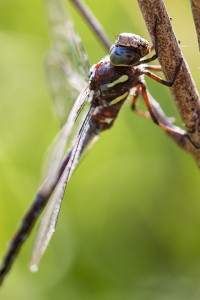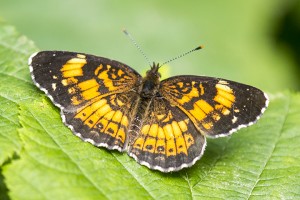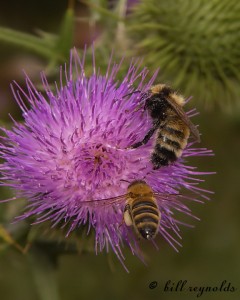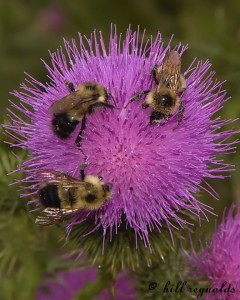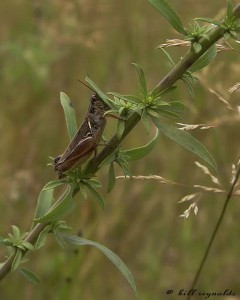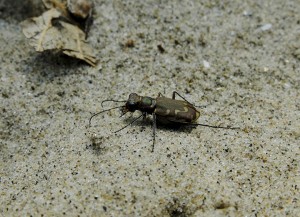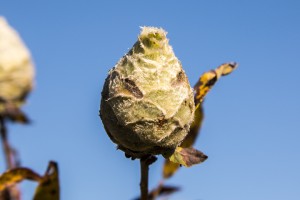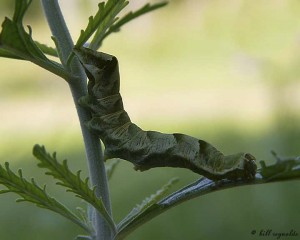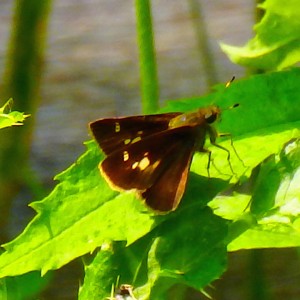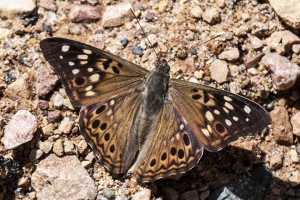Shadow darner (Aeshna umbrosa) is a large, common and widespread, mosaic darner. It occurs throughout North America except in the arid southwest and, for some reason, Newfoundland. It is found from late June to late October in shaded areas alongside slow streams, ponds, and swamps. Only the autumn meadowhawk flies later in the year. Adults hunt mostly in the shade and mostly at dusk.
Mosaic darners are similar in size and appearance so a close examination or good photos are required for identification. This species is identified by the absence of a black horizontal stripe across the face; yellow thoracic stripes; relatively straight first thoracic stripe with an extension at the top; pale blue abdominal spots that are smaller than other other mosaic darners; wedge-type claspers on the male; and preference for flying at dusk and in the shade.

